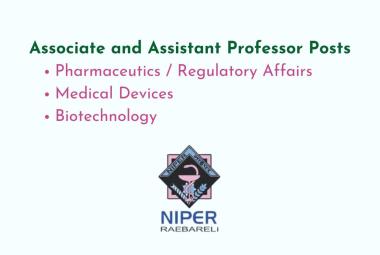Q.5. (c) Discuss the principle of separation.
Ans.5.(c) The separation of chemical components is performed using chromatographic technique. Chromatography is an analytical technique used for separating a mixture of chemical substances into its components so that these can be identified or analyzed.
[adsense:336x280:8701650588]
Chromatography comes in many forms, e.g., paper chromatography, liquid chromatography, gas chromatography, ion-exchange chromatography, but all of these employ the same basic principles. Chromatography is extensively used in the semiconductor industry, especially in the identification of contaminants that cause yield, quality, and reliability problems.
Chromatography can separate a mixture into its components with great precision. In fact, it can be used to distinguish between two very similar components, such as proteins that may be different only by a single amino acid. The conditions under which the separation process takes place are also not severe, allowing the use of chromatography on delicate products. With the right materials and operating conditions, chromatography is capable of purifying any soluble or volatile substance.
In all types of chromatography, the analyte, which is a sample of the mixture being analyzed, is applied and allowed to adhere to a stationary material known as the stationary phase, or adsorbent. Another material, known as the mobile phase, carrier fluid, or eluent, is then made to flow through the adsorbent. Because the different components of the analyte exhibit varying degrees of strength of adhesion to the adsorbent, they also travel different distances through the adsorbent as the eluent flows through it, i.e., components that adhere more strongly to the adsorbent travel more slowly than those with weaker adhesion. In effect, this process separates the various components of the analyte into individual samples that can be analyzed.
Table 2.1
|
Molecular Characteristic |
Physical property |
Separation Technique |
|---|---|---|
|
Polarity |
Volatility |
Gas-liquid chromatography |
|
|
Solubility |
Liquid-liquid chromatography |
|
|
Adsorptivity |
Liquid-solid chromatography |
|
Ionic
|
Charge |
Ion-exchange chromatography |
|
|
|
Electrophoresis |
|
Size (mass)
|
Diffusion |
Gel permeation Chromatography |
|
|
|
Dialysis |
|
Shape |
Sedimentation |
Ultracentrifugation |
|
|
Liquid binding |
Affinity chromatography |
There are different methods of chromatography according to the physico-chemical principles of the separation process:
- Adsorption chromatography
- Partition chromatography
- Ion exchange chromatography
- Gel chromatography
Stationary phases:
- adsorbents
- liquid layers (wetted carrier substances)
- ion exchangers
- gels with a definite pore size
Mobile phases:
- liquids (→ liquid chromatography)
- gases (→ gas chromatography)
Adsorption chromatography
E.g.:Column chromatography
Principle of separation: different adsorption of the components on a solid phase (adsorbent)
Stationary phase: adsorbent filled in a tube (= column)
Mobile phase: various solvents (eluents)
Partition Chromatography:
Eg:-Paper chromatography
Principle of separation: differences in the partition coefficients of components of a mixture between two liquids
Stationary phase: thin layer of water adsorbed on the cellulose filaments of a prepared filter paper (10-20%)
Mobile phase: solvent, partly miscible or immiscible with water
Gas chromatography:
Principle of separation:
Different adsorption or solubility of the components of the mixture
Stationary phase:
Adsorbentor wetted carrier material
↓(adsorbent coated by a liquid layer)
Gas-solid-chromatography (GSC) ↓
Gas-liquid-chromatography
Mobile phase: inert gas (nitrogen, argon, helium)
Ion-exchange chromatography:
Ion-exchange: RH + K+A- RK + H+A- :
Ions of an electrolyte solution will be replaced with an equivalent amount of ions of the same sign from an ion-exchanger
Principle of separation: different affinity of the ions of the mixture to the ion-exchanger
Stationary phase: cation- or anion exchangers
- zeolithes (sodium-aluminum-silicate) (cation exchanger)
- cation exchanger resins, - anion exchanger resins
Mobile phase: aqueous solution of ionic compounds
Gel permeation chromatography (gel filtration):
Eg- Size-exclusion chromatography
Principle of separation: the small particles of a mixture can penetrate easierinto the pores of the packing material than the larger molecules
Stationary phase: grains of a swelling three-dimensional polymerwith definite pore size (modified polysaccharides, Sephadex gels)
Mobile phase: solution of components to be separated









